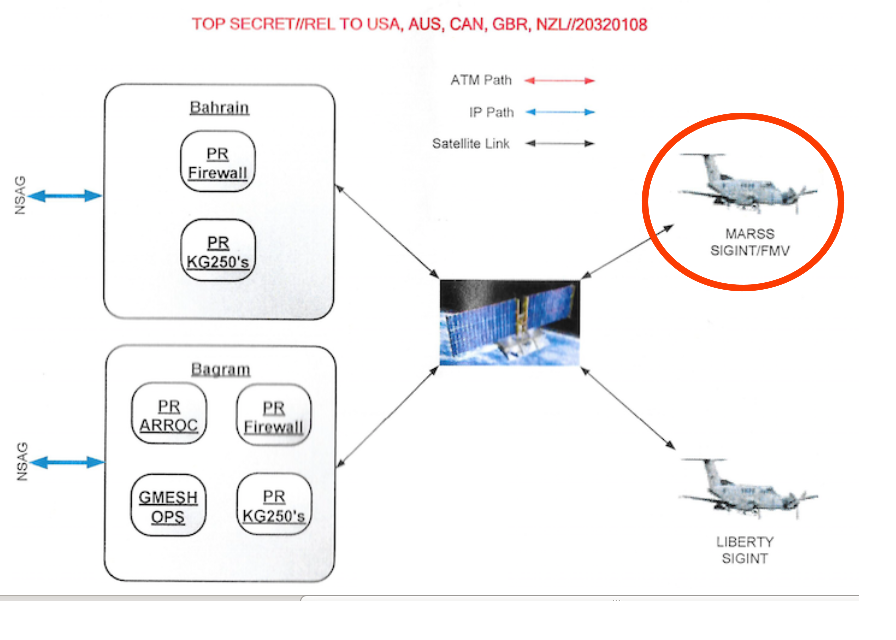So George Guyton “Guy” Cannady was indicted and sentenced for 3 counts (22 counts were dismissed) on November 25, 2014. He got 3 years of supervised release and was fined, but he should have cash saved up from his previous, unpunished covert aviation ventures. While the trial was taking place, he was rehired by Dynamic Airways as their “Chief Strategic Officer” – a remarkable act of faith in a fellow standing trial on bribery and fraud charges.
But even before all of that took place, Cannady was a busy businessman in other suspicious enterprises. Following the release of the Panama Papers, we learned that a company named FlyGeorgia was being used as a conduit to circumvent economic sanctions against Iran. An Iranian national named Hosshang (or Houshang) Hosseinpour has been targeted by the U.S. Treasury Department as part of a broader effort to enforce the sanctions. Hosseinpour and two others set up a number of front companies, some based in the former Soviet republic of Georgia, to facilitate their plan. To quote from the Irish Times article cited above:
The files show that [Farhad] Azima and Hosseinpour appeared on corporate documents of a company that planned to buy a hotel in the nation of Georgia in 2011. That was the same year treasury officials asserted that Hosseinpour, who co-founded the private airline FlyGeorgia, and two others first began to send millions of dollars into Iran, which led to sanctions being taken against him three years later.
Farhad Azima is one of the infamous middlemen involved in the Iran-Contra scandal, the Savings and Loan scandal, and other weapons trafficking incidents. Unnamed in any of the Panama Papers reporting on FlyGeorgia is George Cannady. But he is right there lurking in the shadows of Azima and Hosseinpour.
An entry in the Business Registry of Georgia shows that Cannady was a partner in Georgia Transport Management with Levan Tskhadadze. Tskhadadze had formerly been a manager at manager at Hosseinpour’s front company FlyGeorgia. Other people who list FlyGeorgia as an employer are Ursula Freseman, Lalit Dang, and Iranian former intelligence officer General Ali Asgari Reza. Freseman and Dang also list Heavylift International Airlines as a former employer. Heavylift is one of Farhad Azima’s many companies with which notorious weapons trafficker Viktor Bout was at one time affiliated.
One has to wonder why Cannady was partnering with someone like Tskhadadze. Was he simply going for the big profit? Was he opposed to the sanctions and attempting to express his stance by circumventing them? There have to be less risky ways of pursuing those goals. Or was he a variety of double-agent who wanted to get inside information on the sanctions-busters with whom he dealt? If so, on who’s behalf was he working?
We would hazard a guess here: It’s possible that Georgia Transport Management in the country of Georgia is connected to the one in the state of Georgia. Actually, it has to be since George Cannady is intimately connected to both of them. The company in the U.S. was Atlanta Air Service Inc from 2002 until 2006 when it became Atlanta Air Service LLC and became Georgia Transport Management LLC in 2015. Cannady was the owner of AAS where he partnered with Ronnie B. Powers. And now we are connecting back into previous stories which shed some light on their covert activities. To restate our question: For whom has George Guyton Cannady been working?
One journalistic investigation into this operation only piles on more question marks. Emanuele Ottolenghi did some good gumshoe work for his in-depth piece in Tablet magazine on the sanctions evaders. Ottolenghi is a senior fellow at the Foundation for Defense of Democracies and has advocated for regime change in Iran. Ironically, the FDD’s Long War Journal has promoted Gryphon Airlines, another business in which Cannady had a management role and a business which has also produced a terror suspect.
So, what’s going on here?







